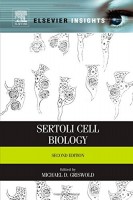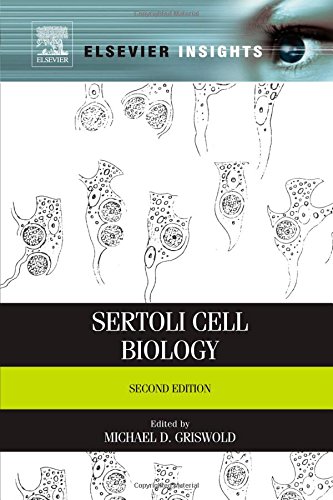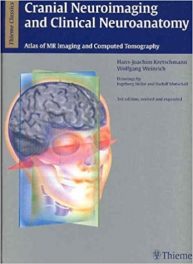 Editor: Michael D. Griswold
Editor: Michael D. Griswold
Publisher: Elsevier – Science – 469 pages
Book Review by: Laxmi Chaandi
Sertoli cells are named after Enrico Sertoli, an Italian physiologist who discovered them while studying medicine in the University of Pavia in Italy sometime between 1862 and 1865, and he published a description of this cell in 1865. The cell was discovered with a Belthle microscope purchased in 1862, which he used while pursuing his medical studies.
In the 1865 publication, his first description used the terms “tree-like cell” or “stringy cell” and most importantly he referred to them as “mother cells.” Other investigators used Enrico’s family name to label these as Sertoli cells in their papers, earliest known of which was 30+ years later, in 1888.
Michael D. Griswold, a reproductive biologist, describes the Sertoli cell in much detail in this book. This is his third book on understanding the structure and functions of this cell found in the testes of humans and animals. He writes that he and Lonnie Russell edited the first book on the Sertoli cell published by Cache River Press in 1993, simply entitled The Sertoli Cell.
Lonnie passed away in 2001. Griswold and Michael Skinner co-edited the second book, Sertoli Cell Biology, and dedicated it to Lonnie Russell. It was published by Elsevier in 2005. Lonnie had noted an increase in scientific interest on the Sertoli cell by tracking the number of articles on the subject in publications from the mid 1960s to early 1990.
Two investigators – Hess and Francia – continued this tracking and noted the rise in scientific papers on the Sertoli cell in various publications. From about 250 per year in 1990, the number rose to around 350 in 2003. Another analysis shows that the number of published papers since 2003 has grown to between 400 to 450 per year and has remained relatively constant through 2013.
Michael Griswold takes us deep into the analysis of the Sertoli cell in this book with the chapters we list below. This overview we provide you below will guide you to look closer into any particular topic:
- Sertoli cell anatomy and cytoskeleton
- Establishment of fetal Sertoli cells and their role in testis morphogenesis
- Early postnatal interactions between Sertoli and germ cells
- The spermatogonial stem cell niche in mammals
- DMRT1 and the road to masculinity
- Hormonal regulation of spermatogenesis through Sertoli cells by androgens and estrogens
- Activins and inhibins in Sertoli cell biology: implications for testis development and function
- The initiation of spermatogenesis and the cycle of the seminiferous epithelium
- Retinoic acid metabolism, signaling, and function in the adult testis
- Stage-specific gene expression by Sertoli cells
- MicroRNAs and Sertoli cells
- Biochemistry of Sertoli cell/germ cell junctions, Sertoli cell transport, and spermiation in the seminiferous epithelium
- Sertoli cell structure and function in anamniotic vertebrates
- Adult Sertoli cell differentiation status in humans
- Gene knockouts that affect Sertoli cell function
The chapters contain numerous illustrations – charts, diagrams, electron micrographs, and other visuals. A short paragraph – Concluding Remarks – summarizes the essential coverage of each chapter, and extensive lists of References direct you to materials for further investigative work on various topics.
While many articles have appeared in journals on the Sertoli cell, this book provides you a rare treat – an extensive and intensive study on it.
Editor:
Michael D. Griswold is with the Center for Reproductive Biology in the School of Molecular Biosciences, College of Veterinary Medicine, at Washington State University in Pullman, Washington.
Contributors:
Valentine A, Agbor, Blanche Capel, C. Yan Cheng, Luiz H. De Castro Assis, Dirk G. de Rooij, Luiz R. Francia, Heather Franco, Michael D. Griswold, Jenna T. Haverfield, Leslie L. Heckert, Mark P. Hedger, Rex A. Hess, Cathryn Hogarth, Kate L. Loveland, Sarah J. Meachem, Roberto D.V.S. Morais, Dolores D. Mruk, Rafel H. Nobrega, Liza O’Donnell, Jon M. Oatley, Madhuvanthi Ramaiah, Rudiger W. Schultz, Lee B. Smith, Peter G. Stanton, Erica Ungewitter, A Wayne Vogl, William H. Walker, Miles F. Wilkinson, William W. Wright, Wei Yan, Qi-En Yang, and Humphrey Hung-Chang Yao.







